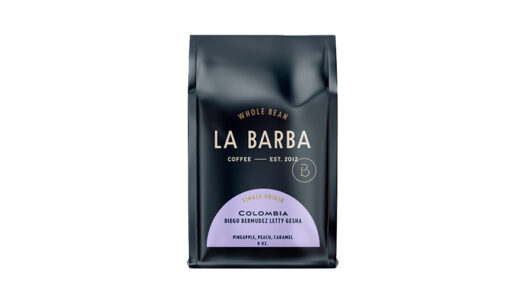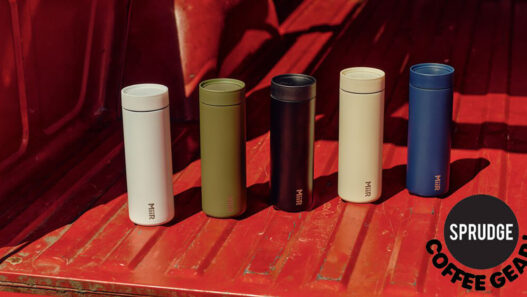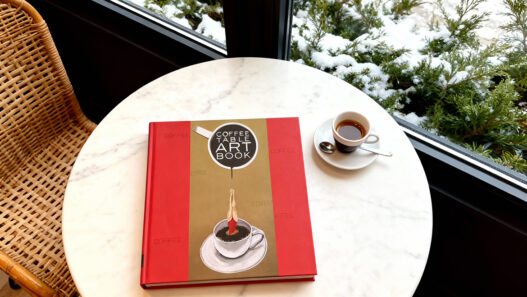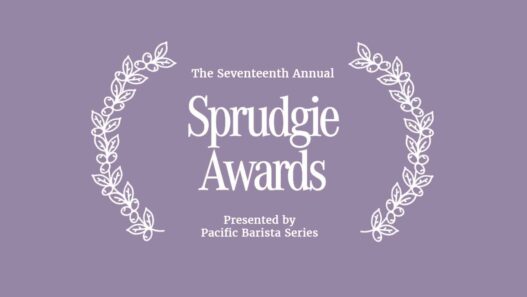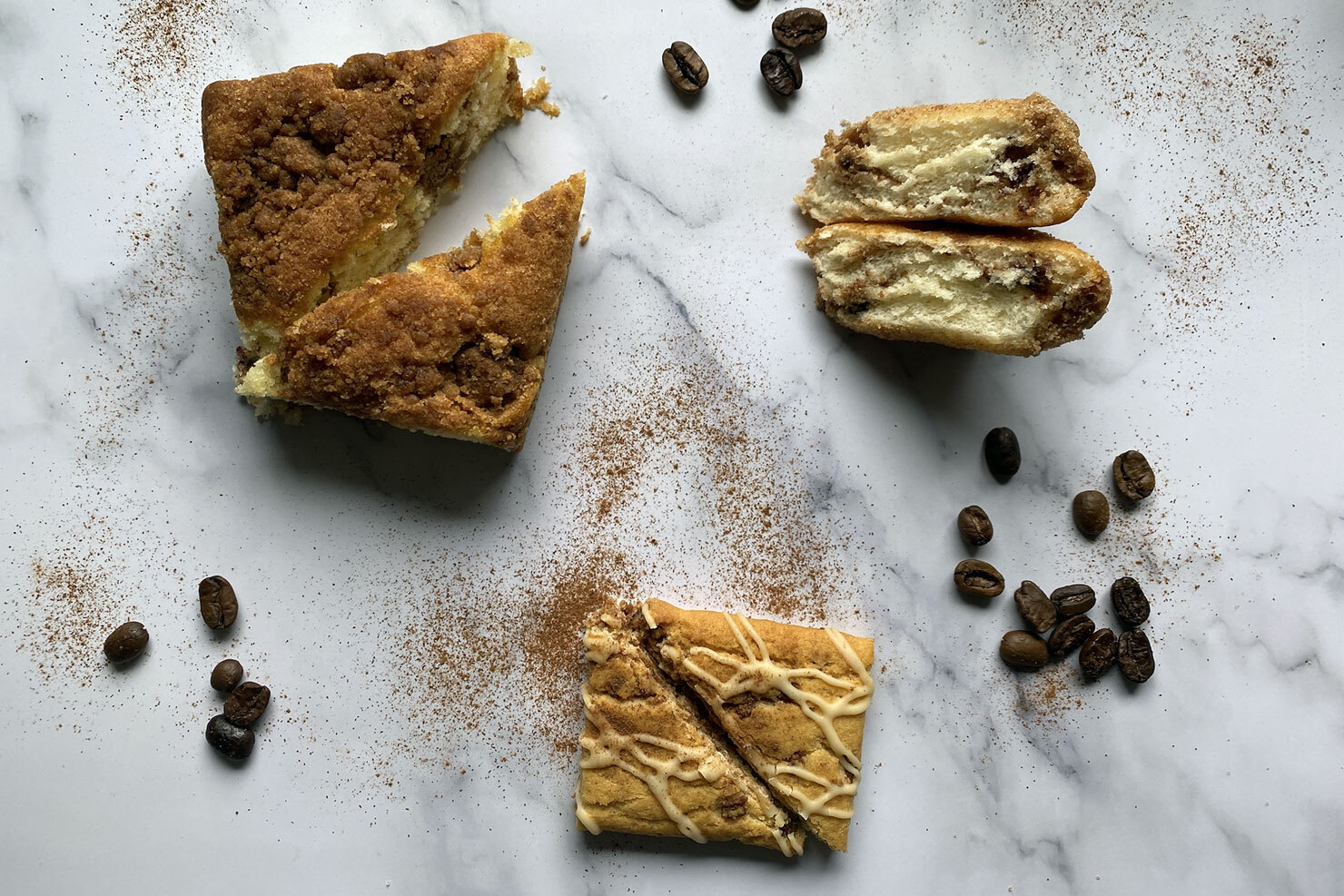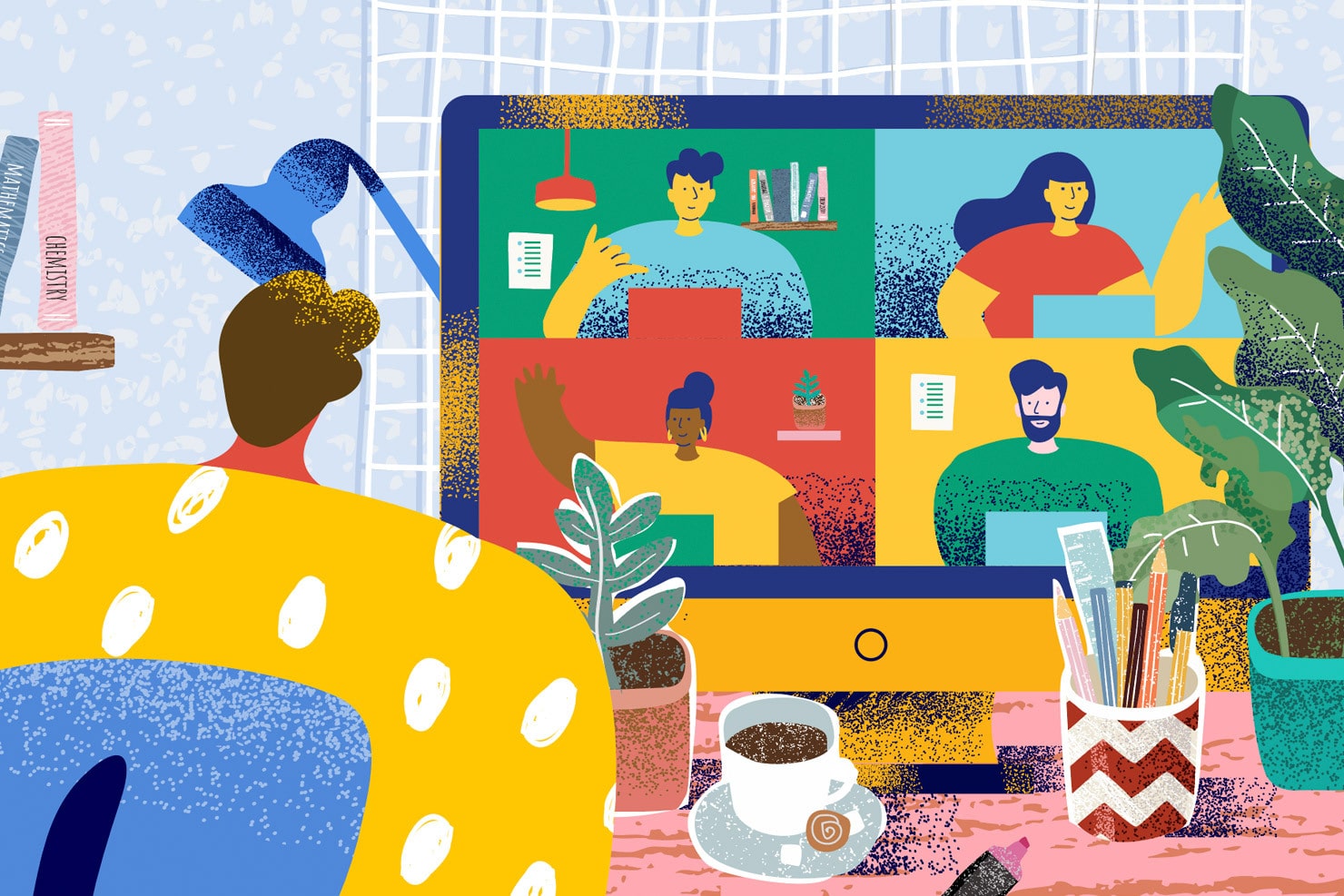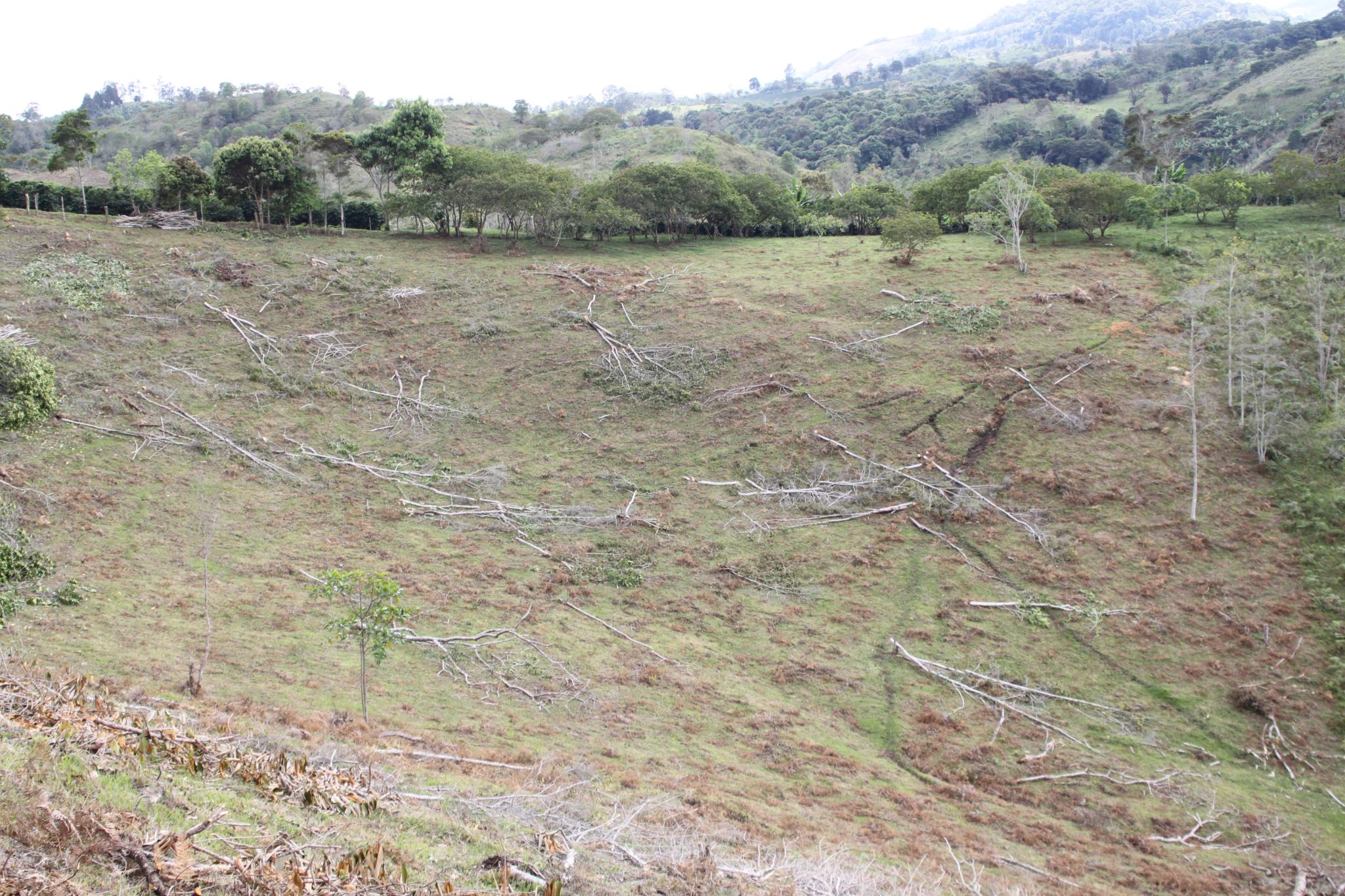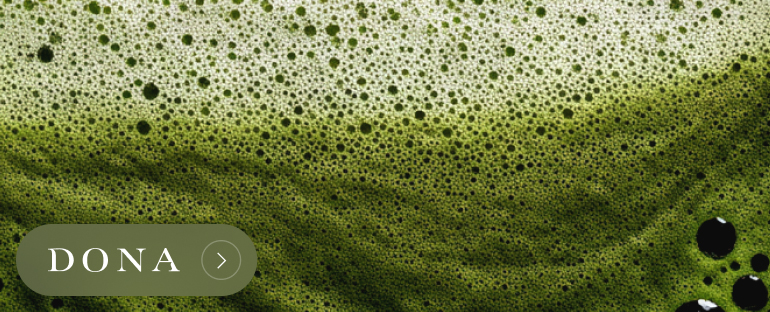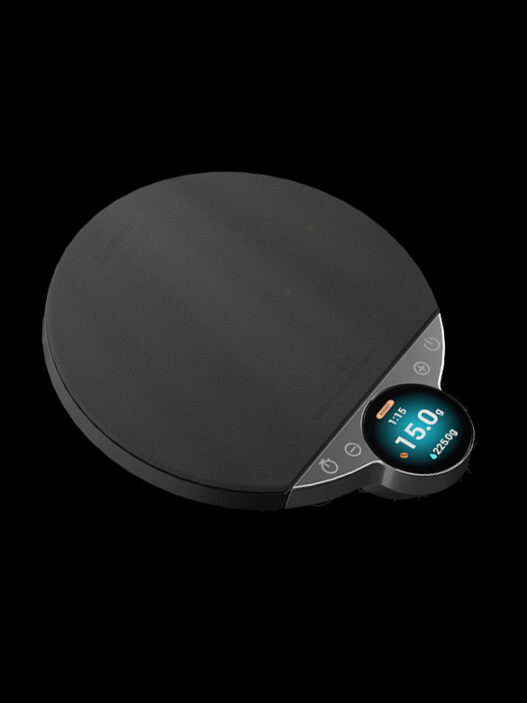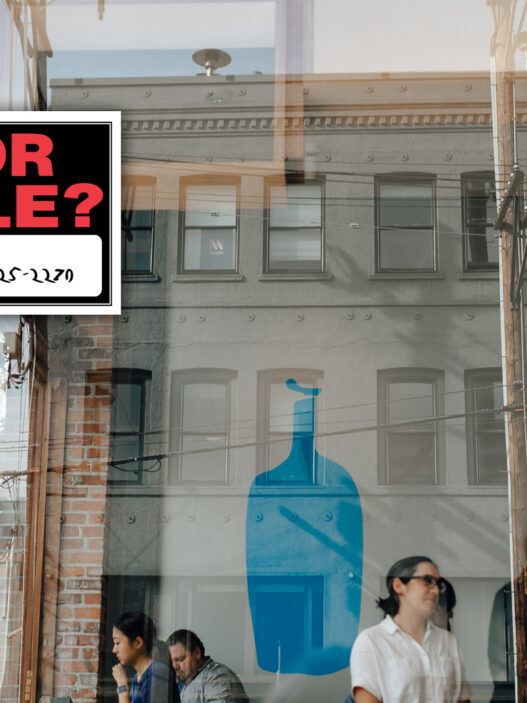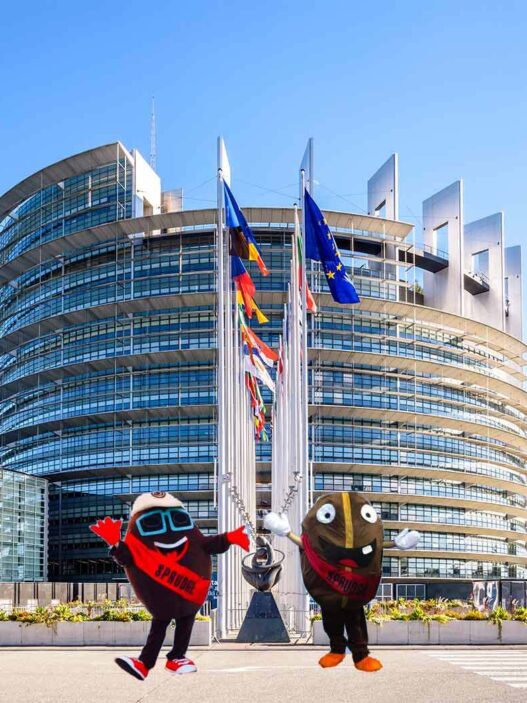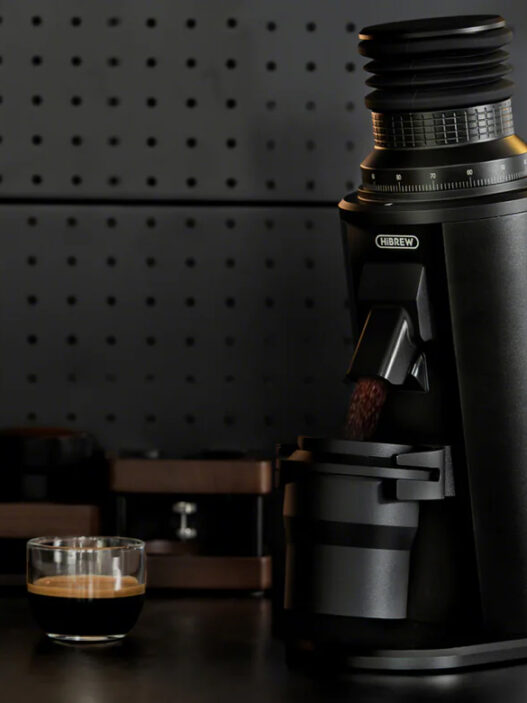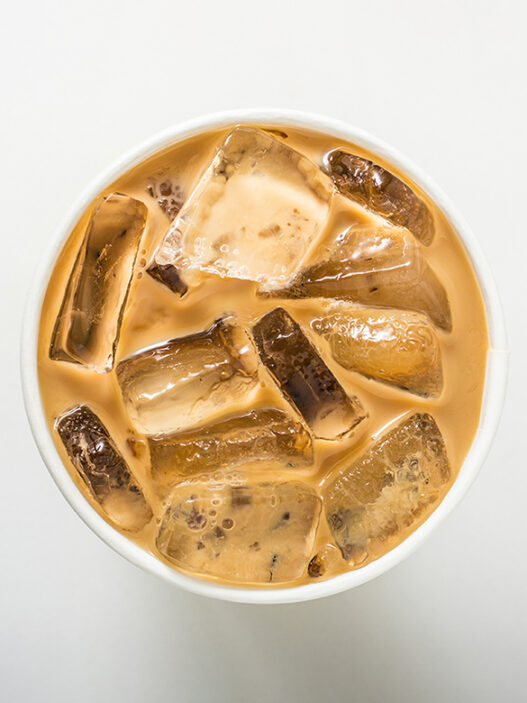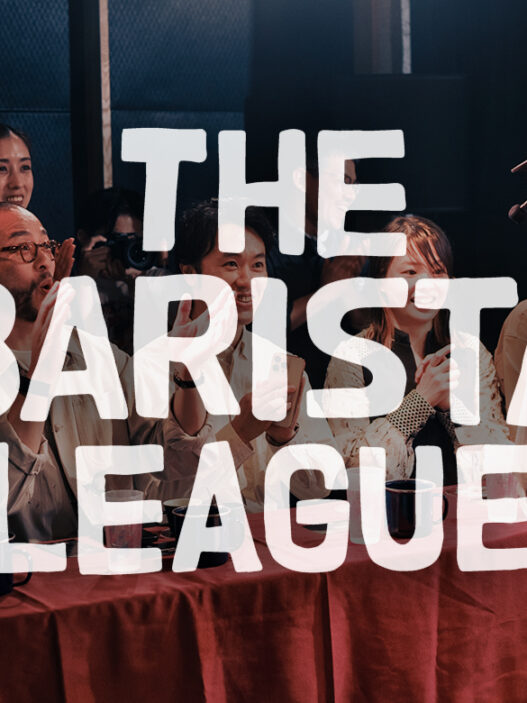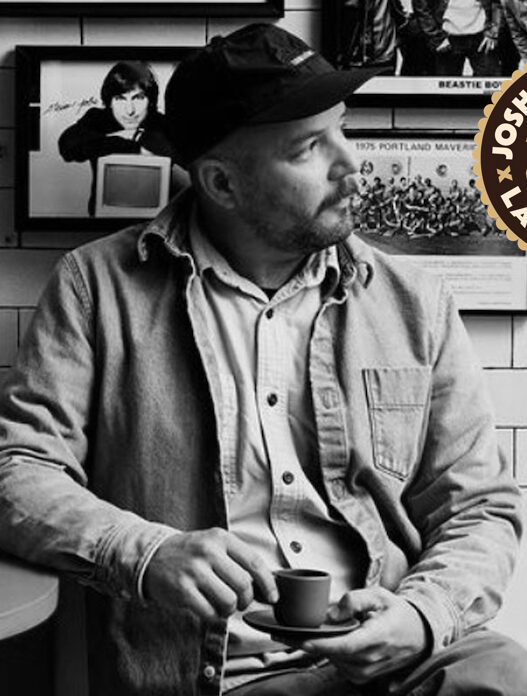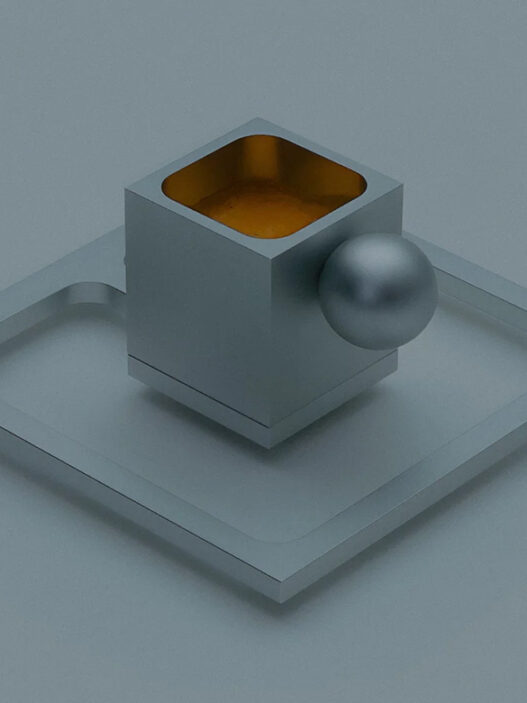Begging pardon from bubbly water, but there may be no greater friend and accomplice to coffee than that of the coffee cake. The way the sweet nosh compliments the bitter in the beverage, it’s some sort of sensorial alchemy that I don’t understand and don’t care to, the transubstantiation of hot brown liquid and cake into pure sweet, caffeinated divinity.
But why is coffee cake called “coffee cake”? Is it made with coffee? Or was the sweet treat created entirely to play sidekick to coffee, its mere existence so indebted to its namesake beverage that it shouldn’t even be considered outside that context? To know the coffee cake is to know its past. To learn why exactly this is a “coffee” cake, we have to go through over 300 years of history, and as it turns out, the answer may depend on what country you live in.
Coffee cake as we know it today wasn’t so much a creation as it was an evolution, with many countries given as the potential origination point. It is generally accepted that coffee cake originated from Northern or Central Europe during the 17th century. At that time, coffee was still fairly new to Europe, having only made it to the continent in the previous century. The countries laying some sort of claim to the coffee cake—Germany, Austria, and Denmark particularly—were already well versed in sweetened breads and cakes (ever heard of a Danish?) and each found that their local sweet paired incredibly well with this new beverage. Thus, it became commonplace in these countries to have a small sweet served alongside a coffee.
It wasn’t until 1763 before coffee cake was first mentioned, though technically even then by another name, the German “gugelhupf”. The first recorded appearance of “coffee cake” the term doesn’t come until 1850, in The Gift, a play by Virginia de Wyze about “a naïve young housewife, a charming grandmother, a misguided social climber and a singularly untalented singer looking for her first ‘big break.’” In the scene, one of the characters mentions going to the kitchen to “make the tea and cut the coffee cake,” giving credence to the notion that the term was already used widely enough at the time for an audience to understand the routine action.
Given the pan-European origin, it should come as no surprise that what exactly comprises a coffee cake is not entirely codified. Some have coffee, some don’t. The British coffee cake, for instance, takes the name quite literally and is described as having two layers of coffee-flavored sponge cake with a coffee-butter icing. Others view it more as a coffee accomplice and instead imbue their coffee cake with nuts, cinnamon, dried fruit, oats, maybe even a nice sugar glaze. Some are yeasted, others using baking soda to achieve the cake’s rise.
When the coffee cake made its way to America via German migrants in the late 19th and early 20th centuries, bolstered by the creation of refrigerated sections in grocery stores, the addition of sour cream became more common place, both as a means of adding more moisture into the cake as well as activating the baking soda. The most recent modification to the coffee cake came with the popularity of the bundt pan in the 1950s. With its ring-shaped design, the bundt pan allowed bakers to drastically increase the moisture content in their cakes without having to worry about the center going uncooked.
In the end, much like art itself, the coffee cake is what you can get away with. Sometimes cake, sometimes bread, maybe with coffee but always sweet, the only real defining trait of a coffee cake is that it is meant to be served alongside a cup of coffee. It’s a treat that asks nothing of you other than to slow down and enjoy a nice hot mug of coffee and a bite of something sweet. And if only for that alone, we should be thankful for it.
Zac Cadwalader is the managing editor at Sprudge Media Network and a staff writer based in Dallas. Read more Zac Cadwalader on Sprudge.




